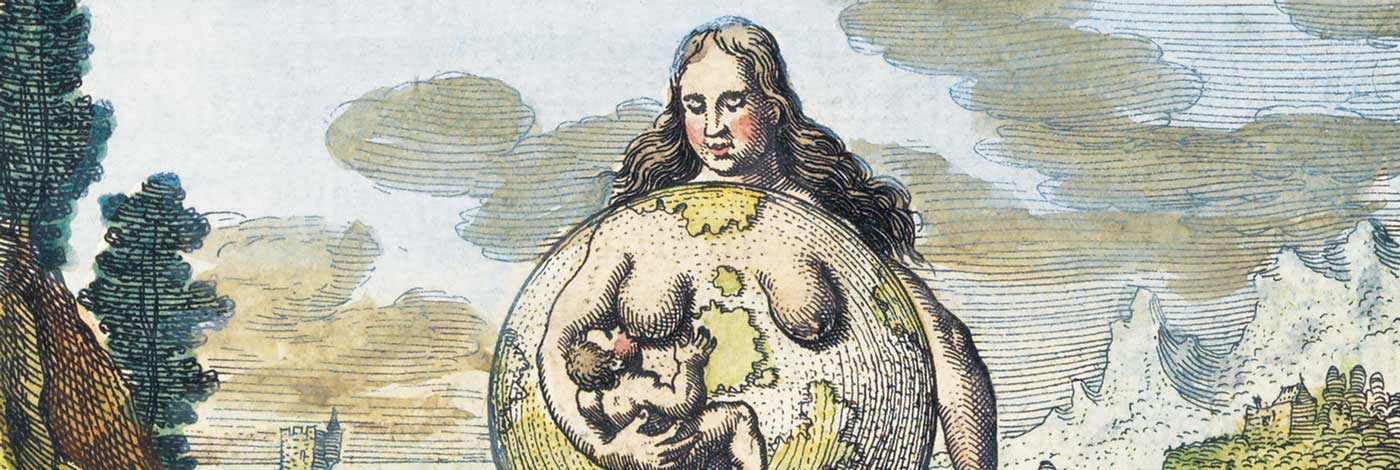

 Anthropozoologica
44 (1) - Pages 13-39
Anthropozoologica
44 (1) - Pages 13-39This paper investigates hunter-gatherer behavioral strategies during the Epipaleolithic period in the western Taurus Mountains of Mediterranean Turkey. Seven archaeofaunal assemblages excavated from Karain B and Öküzini caves were analyzed and interpreted with a special emphasis on age structures and their implications for general hunting strategies, site function and use, and seasonality. A detailed analysis of age structures based on dental wear and epiphyseal fusion data combined with other zooarchaeological evidence has revealed that hunter-gatherers in the Western Taurus Mountains intensively hunted wild sheep and goat, mostly targeted prime-age animals, shifted from seasonally restricted site use and hunting to unrestricted multiseasonal site use and hunting pattern, and progressively hunted larger number of juvenile caprines throughout the Epipaleolithic.
Karain, Öküzini, Turkey, Epipaleolithic, Seasonality, Mortality Profiles, Discrete Age Cohorts, Synchronized Killing.